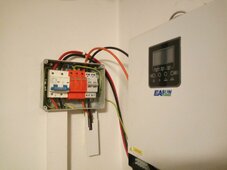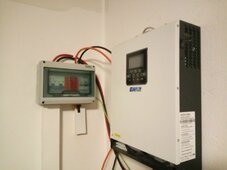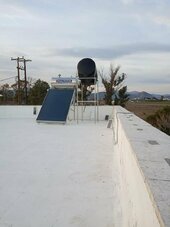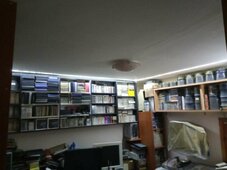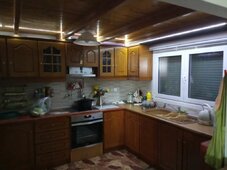Hey there, some of you may have seen my other thread on a BMS problem, where i attached a few pics of my first system, but here goes anyway.
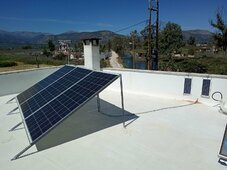
That's 3 panels of 340W each, ending on an Easun 3,2 Kw inverter, and the rest of the setup contains a Lithium-Ion 118Ah 24V battery, and a JK BMS.
I'll be coming back with more pics of the parts, and questions soon. This system is not yet running, due to the BMS needing to be replaced (i blew it up).
I'm a complete newb on solar power, so keep that in mind please.
This first system is targeted towards powering my lab where i estimate the needs not being more than a Kw of power.
Once this is complete and operational, i plan to build a second bigger system, of around 5-6Kw, to cover some of the main houses' needs.

That's 3 panels of 340W each, ending on an Easun 3,2 Kw inverter, and the rest of the setup contains a Lithium-Ion 118Ah 24V battery, and a JK BMS.
I'll be coming back with more pics of the parts, and questions soon. This system is not yet running, due to the BMS needing to be replaced (i blew it up).
I'm a complete newb on solar power, so keep that in mind please.
This first system is targeted towards powering my lab where i estimate the needs not being more than a Kw of power.
Once this is complete and operational, i plan to build a second bigger system, of around 5-6Kw, to cover some of the main houses' needs.



